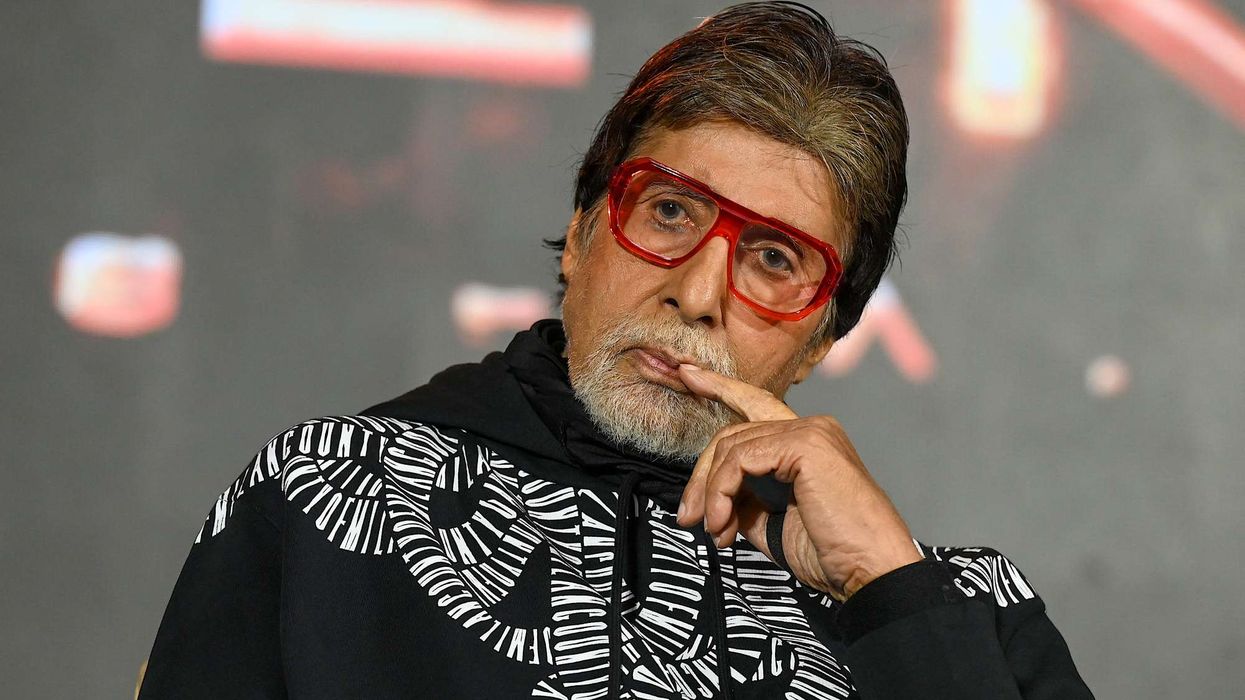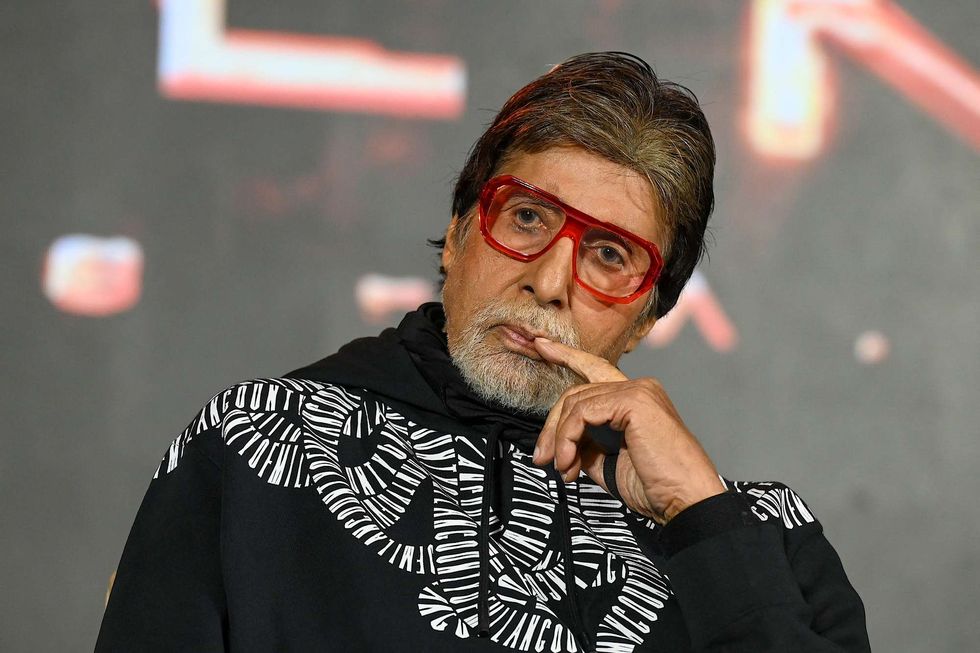Actor Varun Dhawan says at a time when the audience is exposed to different kinds of cinema at the click of a button, the onus is on the filmmakers and artistes to up their game by more than a margin.
The actor, who is the son of filmmaker David Dhawan, said even during the 1990s, his father had to be "careful" about making the right choices.
"Audience has always been smarter than the makers. Even during my dad's time he had to be careful while making films and even now we have to be, we will always have to be careful while making our choices.
"Today the consumer has a big choice with films, TV, OTT and international films. So you are competing at a very large level, you better get it right," Varun said.
The 32-year-old actor, primarily known for massy entertainers like Main Tera Hero, the Dulhania franchise and Judwaa 2, said he considers himself as an actor of the masses.
"I am a very janta (people) actor, I work for the people, I want my films to be liked. It is not like I have done a film and people don't like it. It is more important people like my films and the box-office shows that."
But Varun also has films such as Badlapur, October and Sui Dhaaga: Made in India to his credits and he said he doesn't want to repeat himself.
"Hence, I am always trying to do things differently... It was my passion as an actor that I would love to be in such films where the role is so great, you get lost into it and it will be fun to act in it. The experience has been solid as an actor."
The actor, who will next be seen in Street Dancer 3D, a film directed by Remo D'Souza, said there were a lot of ups and downs around the movie till it eventually happened.
"I did the film because I wanted to do it. It is not that I want to do a hit film so I should do a film like Street Dancer 3D. There was a want for the film because I loved the idea. It stuck with me for a year.
"I felt we should do a film on it. I have never done a film for survival, not as yet. I hope that day never comes," he said.
Street Dancer 3D appears to be an extension in the dance-based universe of films like D'Souza's ABCD and ABCD 2 but Varun said the new film has a lot more emotions in it.
The actor was part of ABCD 2 and grossed over Rs 160 crore worldwide at the box office.
"There is a lot that is new in this film. It is not just a dance film. Dance is a way of expressing it. It is based on the life of a bunch of dancers who get caught with a certain problem. It is a coming-of-age story of a lot of young people of how they deal with success and being in a position of power and what they do."
The film explores subcontinental bonhomie when the dancers realise that for the British, Indians and Pakistanis are both brown-skinned immigrants.
Also featuring Shraddha Kapoor, Prabhudheva and Nora Fatehi, the film is slated for a January 24 release.





 Amitabh Bachchan narrates powerful 26/11 tribute at Global Peace Honours Getty Images
Amitabh Bachchan narrates powerful 26/11 tribute at Global Peace Honours Getty Images 






